What Acid Can You Use to Dissolve Paper?
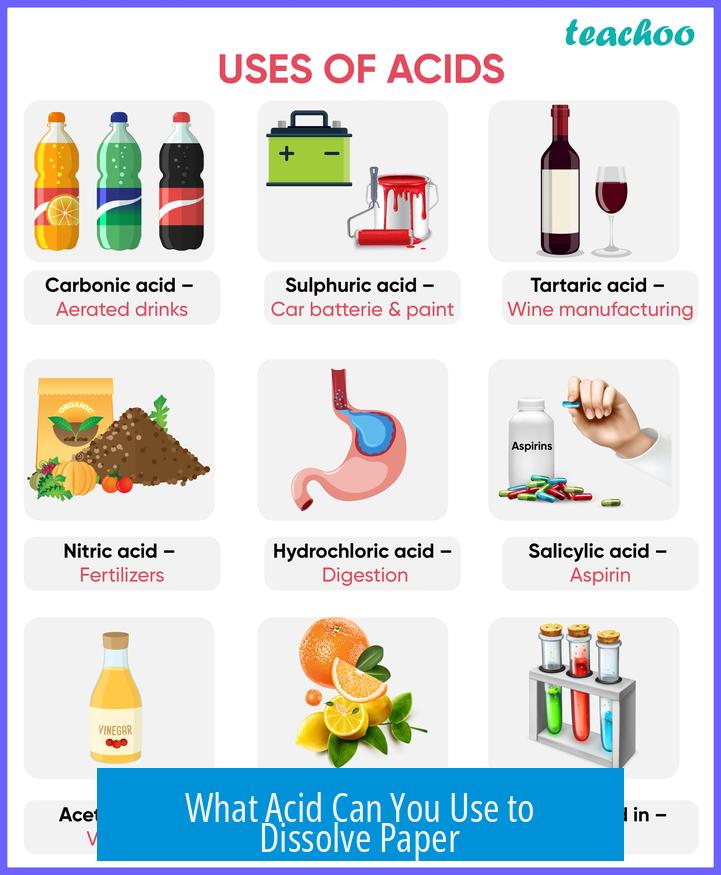
The acid best suited to dissolve paper depends on the goal: whether to break down the cellulose fibers completely or to disrupt the paper’s structure while maintaining the fibers in solution.
Destroying Paper via Strong Acids
To chemically break down paper by destroying its cellulose fibers, strong mineral acids work effectively. Concentrated sulfuric acid (H2SO4) is a prime candidate. It aggressively hydrolyzes cellulose, breaking the polymer chains and essentially dissolving paper materials like cotton and other cellulose-based fibers.
Hydrochloric acid (HCl) also can be used, but sulfuric acid is generally more potent for this purpose because of its dehydrating nature and strong oxidizing properties. The acid must be concentrated; dilutions reduce its efficacy. Strong acids cleave the β(1→4) glycosidic bonds that hold glucose units in cellulose together, converting solid paper into a degraded form.
Disrupting Paper Without Destroying Fibers
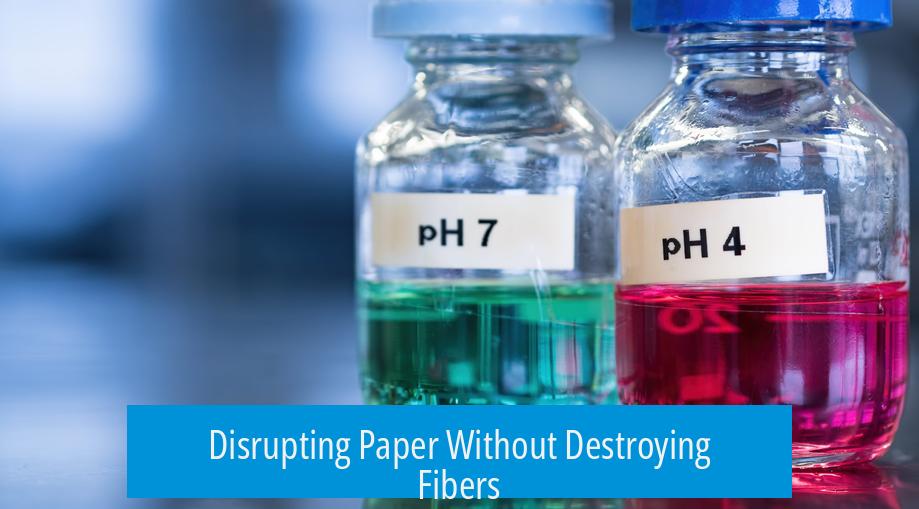
If the goal is to keep fibers solvated but to dissolve the paper’s matrix reversibly, a different chemical approach applies. Schweizer’s reagent—a solution of copper(II) sulfate in ammonia—is effective here. This reagent forms complex ions with cellulose, allowing it to dissolve without permanent damage.
When paper is placed in Schweizer’s reagent, the cellulose fibers are held in solution. Upon removing the reagent and neutralizing the solution, the fibers can reassemble, regenerating the paper. This reversible dissolution makes Schweizer’s reagent valuable for specialized cellulose processing, such as in rayon manufacturing or fiber analysis.
Summary Table
| Acid/Reagent | Effect on Paper | Notes |
|---|---|---|
| Concentrated Sulfuric Acid | Destroys cellulose, dissolves paper | Strong acid hydrolyzes cellulose; irreversible |
| Hydrochloric Acid (Concentrated) | Partially destroys paper fibers | Less powerful than sulfuric acid |
| Schweizer’s Reagent (CuSO4 + NH3) | Dissolves paper matrix; fibers stay intact | Reversible dissolution, fibers can regenerate |
Key Takeaways
- To fully dissolve paper by breaking cellulose, choose concentrated strong acids like sulfuric acid.
- Sulfuric acid is more effective than hydrochloric acid for destroying and dissolving paper.
- For reversible fiber disruption, Schweizer’s reagent dissolves paper without destroying fibers.
- The intended method depends on whether destruction or reversible solvation of fibers is desired.
What acid works best to completely dissolve paper?
Concentrated sulfuric acid is effective. It breaks down cellulose fibers in paper and can dissolve cotton too.
Can hydrochloric acid dissolve paper like sulfuric acid?
Yes, hydrochloric acid can also destroy paper fibers, especially in concentrated form. Strong acids work better.
Is there a way to dissolve paper without destroying the fibers?
Yes. Schweizer’s reagent, a solution of copper(II) sulfate and water, disrupts the paper matrix but keeps fibers solvated.
What happens to paper after using Schweizer’s reagent?
The effect is reversible. When you remove the reagent, the paper fibers can come back together.
What does “dissolving” paper really mean?
It can mean two things: destroying paper fibers with strong acids or merely disrupting the fiber matrix with chemicals like Schweizer’s reagent.


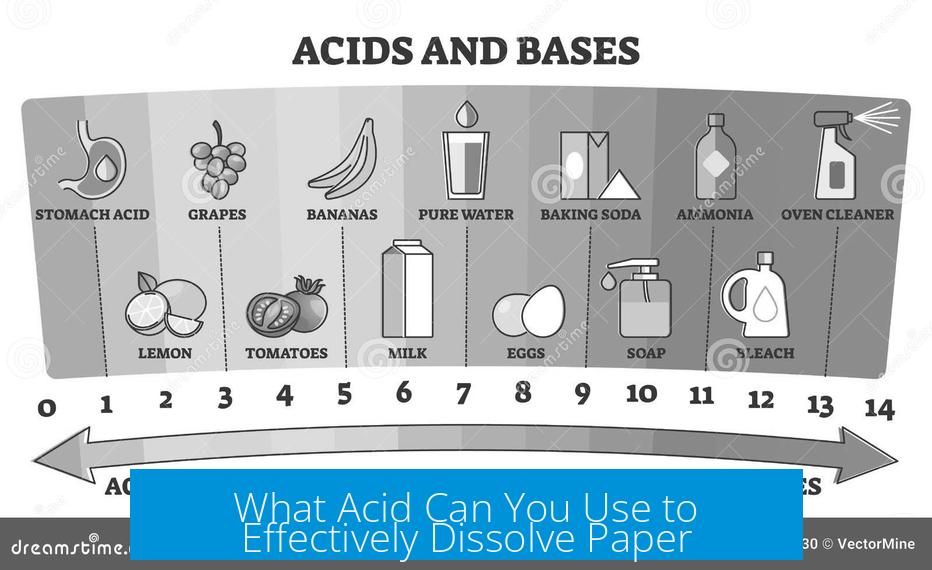
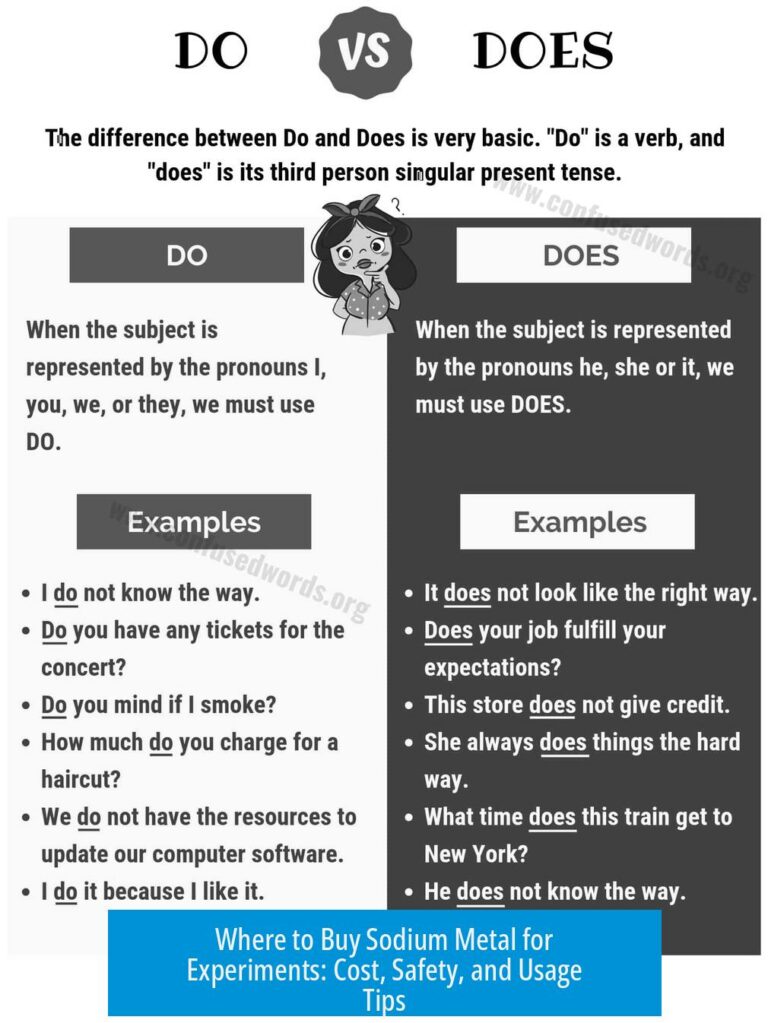
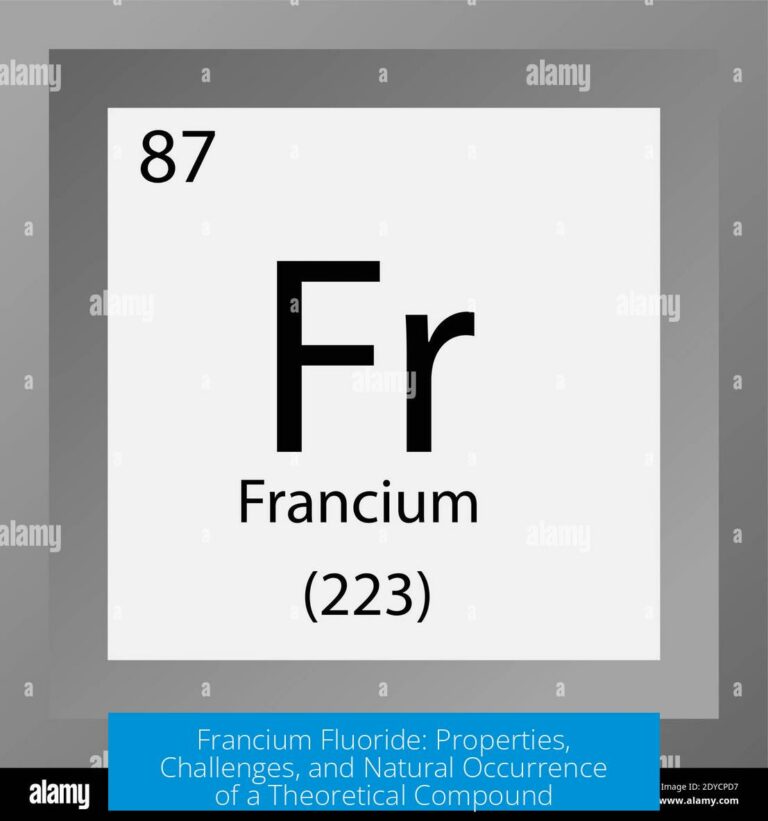
Leave a Comment